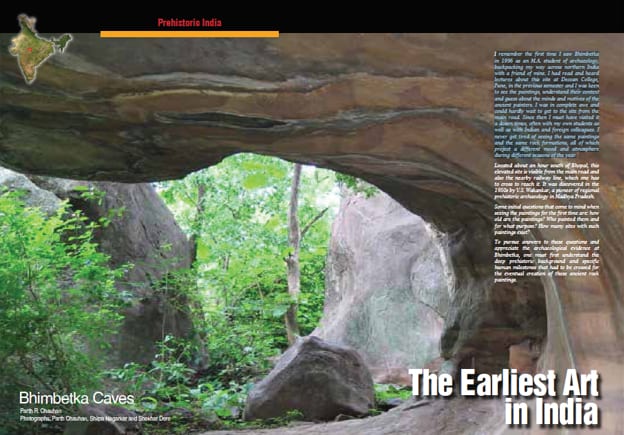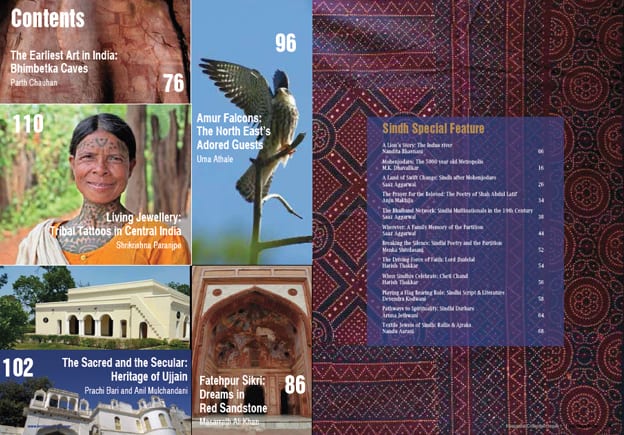Description
The Heritage India Keepsake Collection is a set of 4 special issues, each containing an in-depth focus on one aspect of the legacy India has shared with the world. Our inaugural ‘Keepsake’ issue starts at the cradle of our civilisation, the Indus valley. We follow the river Indus, and trace the lost civilisation at Mohenjodaro. We then follow the history of the Sindh region and the Sindhi community until the trauma of Partition and their mass emigration to present-day India. Our special feature includes a glimpse of Sindhi literature, and the painstaking art of Ajrak block printing and Ralli quilting. Along with the special feature, this issue also showcases the 40,000 year old paintings at the Bhimbetka rock shelters, the amazing Amur falcons that fly thousands of kilometres every year and the magnificent Fatehpur Sikri.
Known as one of the greatest Sufi works in history, the Risalo is a prayer, a cry for the beloved. Anju Makhija writes about this iconic saint-poet.








